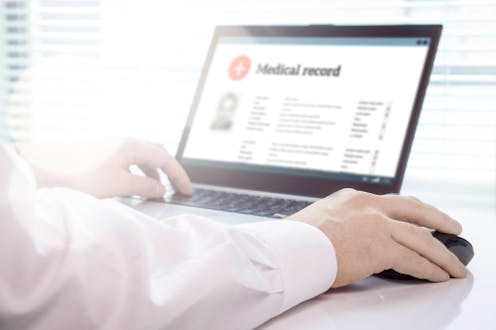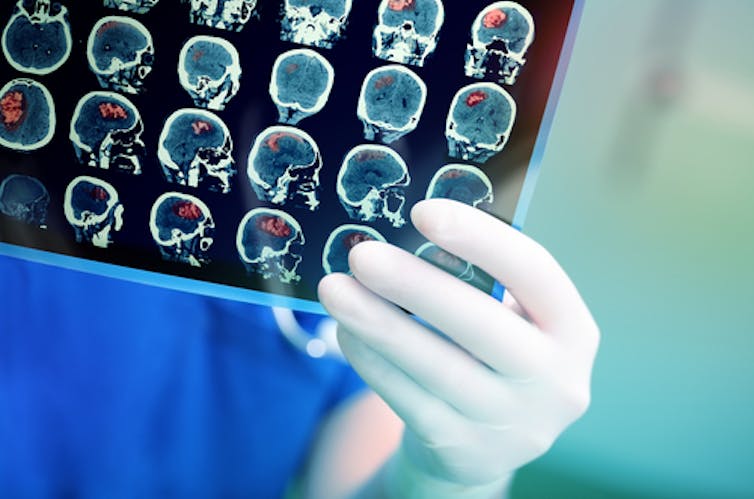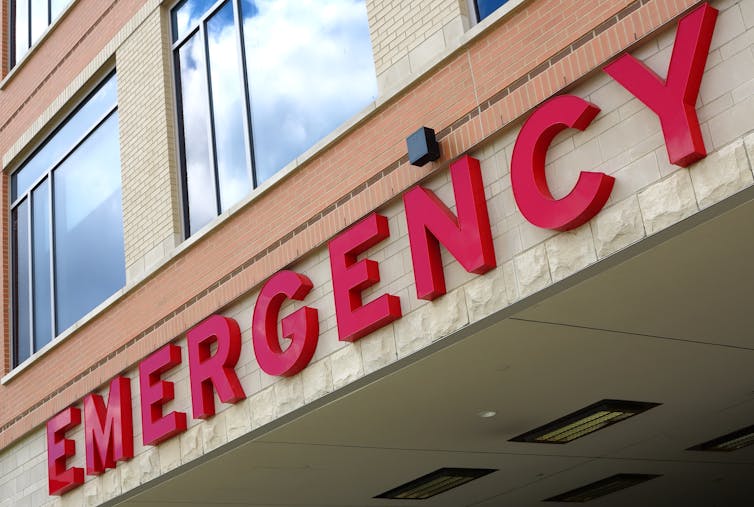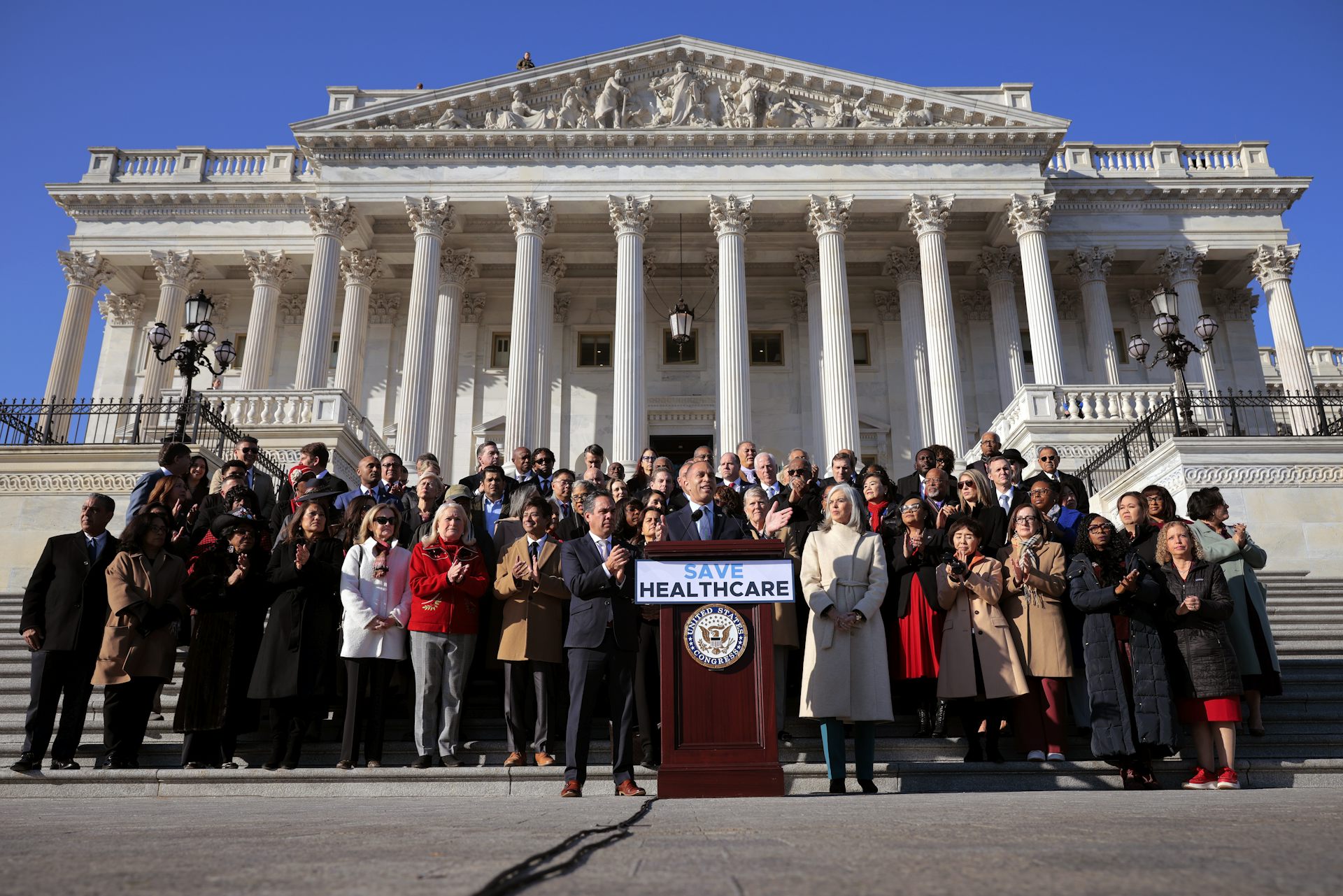It's 2018. Do you know where your medical records are?
What if you never had to pick up a medical record or image from one doctor to take to another? That capability already exists, but it's not being well-utilized. Here's a look at why.

Can you imagine a future where the question “Did you bring a copy of your test results?” becomes entirely unnecessary?
That could happen, but the methods that most health care providers use to exchange health care information are little different than they were 5,000 years ago, when physicians caring for the same patient exchanged scrolls of papyrus and clay tablets.
Since the inception of computing technology, health care systems and doctors have been trying to find ways to dispense with the inefficiency and to share information electronically.
One of the building blocks for this information bridge is something called a health information exchange. These exchanges allow for the transfer of electronic health information, such as your medical records, laboratory test results and medication lists, among hospitals and providers. Yet, our recent research showed that, despite clear benefits of health information exchanges, they are not being utilized as often as they could be.
How the exchanges work
Think of a health information exchange as a switchboard that connects participating hospitals, emergency departments and physicians’ practices with the intent of securely sharing information that the patients they care for have authorized to share.
First, a patient must consent to his or her primary health care facility or physician to share information via the health information exchange.
Then, let’s say your primary care doctor has referred you to a specialist. With a health information exchange, you wouldn’t have to ask for your records or images, pay for them, wait for them and pick them up. All you have to do is authorize your doctors to securely share your information with each other. Ultimately, patients won’t have to bring copies of their medical records with them when they see a new doctor.

There are several different ways in which a health information exchange can be implemented. In the most common model, the patient medical record information is stored at the home institution or physician’s practice where it was created. When the patient is admitted to a hospital or emergency department or even goes to see a new doctor in another practice that also participates in the exchange, the new hospital or new physician can easily connect to the health information exchange electronically to pull relevant information on the new patient from other hospitals and doctors.
Health information exchanges vary in scope, from national to regional to local, such as sharing within a city. Health information exchanges can also be developed within a health care system to connect affiliated hospitals and physicians in their network. About 40 percent of hospitals and health systems have incorporated health information exchange capabilities into their technology strategy.
Not being used to full advantage

Studies show that about two in three hospital systems and about half of physician practices utilize a default “opt in” for sharing of patient information through the health information exchange.
But even so, participation in the health information exchange does not always mean effective use of it toward better medical care and health outcomes.
Prior research suggests that there is very little health information exchange penetration into health systems. Additionally, our recent research shows that relatively few hospitals, about 12 percent, are using the health information exchange as a strategy to reduce avoidable hospital readmissions, which is important to controlling costs and improving health outcomes. Readmissions cost Medicare an estimated US$26 billion a year.
Providers who do effectively use the health information exchange as part of their practice have expressed financial benefits, such as those that accrue from lack of repeat testing, and improved outcomes for their patients as reasons for participating. The savings from unnecessary duplicate imaging and tests also help patients. And, doctors have access to highly relevant information about their patients, such as lists of prior diagnoses, past and current medications and allergies, which can improve care.
There have also been financial and clinical benefits from use of health information exchanges in the emergency department, allowing emergency physicians to detect potential bad behaviors, such as doctor-shopping for pain medication.
Complications can occur
To be sure, health information exchanges are complicated.
There are numerous technological and social barriers to overcome. For example, there are several technical standards defined for the electronic exchange of health information, but they are often implemented in obtuse ways. Or, different standards may be used on different ends of the exchange, necessitating some sort of “translation” from one system to another.
We believe that there are many implications from studies of health information exchanges, including our most recent study. First, hospital administrators and physician leaders should ensure they are actively integrating electronic health data into established health information exchanges to improve care coordination, reduce avoidable tests, and optimize use and access to important patient information.
And patients can ask their providers about their use of these exchanges. So, the next time you are at your doctor’s office or the emergency room, ask about their ability to pull information from a recent CT scan or lab test. You can educate your provider about their ability to pull your data from the health information exchange.
Bita A. Kash, PhD, MBA received funding from the Texas Medical Center Health Policy Research grant for this research.
Stephen L. Jones, MD, MSHI, received funding from the Texas Medical Center Health Policy Institute.
Read These Next
As DOJ begins to release Epstein files, his many victims deserve more attention than the powerful me
Powerful men connected to Jeffrey Epstein are named, dissected and speculated about. The survivors,…
The world risks forgetting one of humanity’s greatest triumphs as polio nears global eradication − 7
Polio may finally be defeated in the next 5 years. Will the world recognize what an extraordinary achievement…
As millions of Americans face a steep rise in health insurance costs, lawmakers continue a century-l
US health care policy will remain fractured until lawmakers address the core question of who is responsible…






